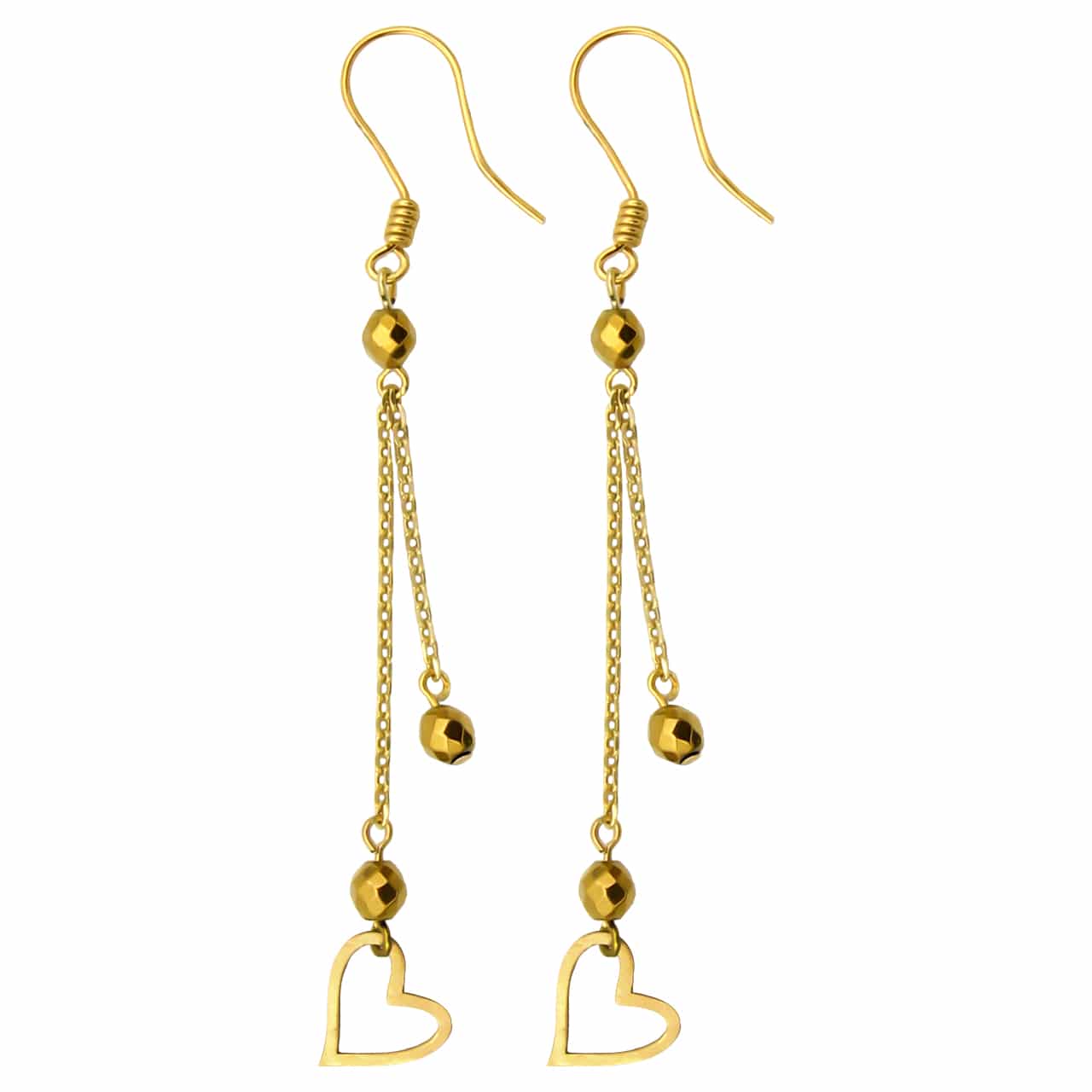Throughout history, hobbies have served as vital outlets for leisure, skill development, and cultural expression. Traditional hobbies such as fishing, sports, and crafting are woven into the fabric of societies worldwide, often passing down ancestral wisdom through generations. Today, technology transforms these time-honored pursuits—not by replacing them, but by deepening their meaning through intelligent adaptation and responsive innovation.
Digital Crafts as Living Evolution: Beyond Tools to Creative Identity
At the core of digital crafts is the evolution of tools from static objects to dynamic, adaptive systems. Sensors embedded in materials, AI-driven feedback loops, and machine learning algorithms allow crafts to respond to the maker’s intent in real time. For example, smart textiles integrate conductive fibers that adjust temperature or color based on environmental shifts, transforming clothing from passive wear into an interactive interface. Similarly, 3D-printed ceramics can refine their form through iterative user input, blending digital precision with human creativity. This shift redefines craftsmanship not as a fixed act, but as a responsive, evolving dialogue between maker and machine.
Sensor-Integrated Materials and Feedback Loops
Sensor-integrated materials act as the nervous system of modern crafts, capturing data about pressure, temperature, humidity, and movement. This sensory input feeds into algorithms that adjust outcomes dynamically. In smart pottery, pressure sensors can detect hand movements during forming, guiding subtle corrections that enhance balance and symmetry. In textile design, embedded micro-sensors monitor stretch and tension, enabling fabrics to self-adjust for comfort or function. These feedback loops transform crafting into a co-creative process where the material learns and evolves alongside the artisan’s vision.
Case Studies: Smart Textiles and Adaptive Ceramics
Two compelling examples illustrate how digital tools elevate traditional crafts. In smart textiles, companies like Vollebak** have developed garments with phase-change fibers that regulate body temperature by reacting to external conditions. These materials not only enhance comfort but also connect wearers to environmental data in real time. Meanwhile, 3D-printed ceramics from studios such as Bath Ceramics** use generative design algorithms that optimize structural integrity while preserving traditional glazing techniques. Each piece undergoes virtual refinement through user interaction, merging ancestral pottery wisdom with computational precision. This fusion expands creative boundaries without diluting cultural roots.
Preserving Authenticity in a Digital Age: Balancing Heritage and Innovation
As digital tools reshape traditional crafts, a critical challenge emerges: maintaining authenticity. How do artisans preserve cultural integrity while integrating smart technologies? The answer lies in intentional design—using tech not to overwrite tradition, but to amplify it. Digital archives, for instance, document regional weaving patterns or ceramic motifs with contextual metadata, ensuring precise replication in new forms. Augmented reality overlays allow learners to visualize historical techniques in situ, deepening understanding beyond static instruction. However, authenticity remains subjective; a digitally enhanced craft may retain its soul if rooted in original intent and community values. As one master potter notes, “Technology is a mirror, not a replacement—what we see back depends on how we shape it.”
Authenticity: Tradition vs. Transformation
The boundary between traditional and digital craft blurs when technology serves cultural expression, not replaces it. For example, laser engraving on hand-carved wood preserves the tactile artistry while enabling intricate patterns impossible by hand alone. Similarly, AI pattern generators assist textile artists by proposing novel combinations rooted in historical color palettes. Yet, authenticity tests hinge on transparency: when does a digital enhancement deepen tradition, and when does it risk commodification? Ethical frameworks emphasize co-creation, ensuring communities retain agency over how their heritage is interpreted and evolved.
Community and Collaboration: Digital Platforms as New Craft Circles
Digital platforms dissolve geographic barriers, transforming isolated artisans into global collaborators. Online maker communities—such as kamilakisjeans.gr—connect traditional craftsmen with designers, engineers, and enthusiasts worldwide. These networks foster knowledge exchange, where a ceramicist in Japan shares glazing secrets with a maker in Morocco, all while preserving regional nuances. Crowdsourced design projects and open-source blueprints further democratize innovation: a single digital template for a hand-carved tool can be adapted, improved, and shared across continents, enabling inclusive, collective evolution.
Virtual Craft Fairs and Live Tutorials
Virtual craft fairs and live-streamed tutorials expand access to traditional skills far beyond physical workshops. Platforms like kamilakisjeans.gr host global events where artisans demonstrate techniques in real time, inviting global participation through interactive Q&A and virtual co-creation sessions. Live tutorials, enhanced with haptic feedback devices, allow learners to feel the resistance of clay or the texture of fabric through digital interfaces, bridging sensory gaps. These tools not only preserve but amplify cultural transmission, making heritage crafts alive and accessible to new generations.
Sustainability and Smart Crafting: Redefining Resource Use and Waste
Technology introduces powerful tools for sustainable crafting. Smart tools, such as AI-optimized cutting machines or 3D printers that calculate minimal material use, drastically reduce waste in traditional practices like woodworking or textile cutting. Digital modeling and virtual prototyping enable makers to test designs virtually before physical production, cutting down on trial-and-error excess. Furthermore, IoT-enabled tracking systems integrate circular economy principles: sensors monitor material life cycles, enabling reuse and recycling with precision. For example, a smart loom can adjust thread tension dynamically, minimizing breakage and fabric scraps. This shift turns crafting into a closed-loop practice where efficiency and ethics align with creativity.
Reimagining the Maker’s Journey: From Manual Skill to Hybrid Intelligence
The artisan of today becomes a **hybrid intelligence**—a co-designer with AI-assisted tools and real-time data. Wearable tech, such as haptic gloves, deepens sensory connection by translating digital design cues into tactile feedback, guiding hand movements with intuitive resistance. Cognitive augmentation tools analyze past projects to suggest refinements or predict material behavior, enhancing precision without replacing human intuition. As one digital ceramicist observes, “Technology doesn’t take over the hand—it teaches it to listen better.
Future Pathways: Identity, Education, and Cultural Continuity
Looking ahead, digital crafts reshape not just how we make, but who we are. The maker’s identity evolves from solitary craftsperson to networked innovator, embedded in global communities that value both heritage and progress. Education transforms through adaptive learning platforms that blend hands-on making with AI tutors, personalizing skill development across cultures. Crucially, cultural continuity thrives when technology serves as a bridge—not a break—between past and future. As digital crafts grow, they remind us: tradition endures not by freezing in time, but by adapting with purpose and pride.
“Technology is not the enemy of craft—it is its most responsive apprentice.” – A master artisan in a smart workshop
| Key Pillars of Digital Craft Evolution | Description |
|---|---|
| Smart Material Integration – Materials that sense, adapt, and learn to enhance traditional forms | |
| Digital Archiving & AR Guidance – Precision preservation and context-aware teaching of heritage techniques | |
| Crowdsourced Design & Open-Source Innovation – Collective creation beyond geographic limits | |
| IoT-Enabled Sustainability – Closed-loop resource tracking and waste reduction in craft production | |
| Hybrid Intelligence – AI and |






